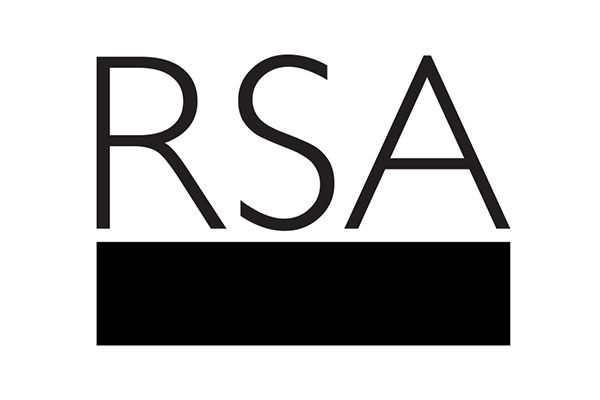Cultural theory offers four paradigms of change (there is a fifth, but it is of a different kind). What are they and how are they exhibited in relation to a specific issue, for example, whether to build a third runway at Heathrow?
The four paradigms can be understood as theories of change in themselves and as critiques of the other ways of doing things. Indeed, cultural theory argues that each paradigm gains its strength primarily from its critique of the others. All four views have weaknesses which are always threatening to undermine their credibility.
The egalitarian paradigm
This sees benign change as being driven bottom up through collective action by those who are united by shared values and status. The idealism of egalitarians (emphasising the possibility of equality and the power of shared values) tends to leads them to feel that nature (including human nature) is vulnerable and has been corrupted. Egalitarians see individualists as selfish and irresponsible and hierarchists as out of touch and overbearing.
The paradox of egalitarianism is that while it espouses shared values, it gains its strength by being exclusive (only those with the values or status are seen as valid or can join).
The hierarchist paradigm
This sees benign change relying on leadership, authority, expertise and rules. As long as these things are in place then the potentially dangerous cycles and vagaries of nature can be managed.
Hierarchists see the other paradigms as naïve and unbalanced, but may accept each has its place as long as the hierarchy allots and regulates those places.
The paradox of hierarchy is that while hierarchies present a face of order and authority to the outside world, they contain their own conflict. A senior Whitehall civil servant told me he had found it easy to assign the four models of change variously to each member of the UK cabinet. People may be members of hierarchies, and in that role adopt a hierarchical world view, but when it comes to conflicts within the hierarchy they may adopt an egalitarian, individualist or fatalistic stance. Hierarchists fear this guilty secret being exposed and the consequent loss of the authority.
The individualist paradigm
This sees benign change as the result of individual initiative and competition. The aggregate sum of individual actions is collective good. It’s OK to take risks because nature is resilient to change.
While individualists recognise the need for some hierarchy (more in theory than practice), they see the other paradigms as self-serving; hierarchists and egalitarians are hiding their own interests behind their paternalism and collectivism, while fatalists are simply excusing their laziness or lack of talent.
The paradox of individualism is that it espouses meritocracy while fostering unmerited inequality and exclusion.
The fatalist paradigm
This sees successful change as unlikely and, in as much as it is possible, random in its causes and consequences. The world is unpredictable and unmanageable.
Fatalists view the other paradigms with indifference or scepticism, although they will tolerate them for the sake of a quiet life, or to help justify their own inaction.
The paradox of fatalism is that fatalists know (even though they might not like to admit it) they rely on non fatalists to keep the world turning.
It isn’t hard to see these paradigms at play in the Heathrow argument. Today’s announcement by Gordon Brown represents an alliance between the individualist perspective (‘Freedom to Fly’) and the hierarchical (the Government’s duty to manage the UK economy) against the egalitarian view of environmentalists and local residents.
There are two things to notice about the polarised debate over the runway. The first is that individualists and egalitarians seem to enjoy attacking each other more than making their own case. Second, each side portrays the other in cultural theory terms. So, the supporters of the third runway present its opponents as ideologically blinkered tree huggers, people who exaggerate environmental issues because they don’t trust people’s choices and don’t like progress. Conversely, the egalitarians present the pro-runway faction as selfish and irresponsible and imply that they are working conspiratorially with the Government.
Cultural theorists argue for what they call ‘clumsy solutions’ which recognise and engage each perspective in problem solving. This hasn’t happened over the third runway. It might not have been possible. But one consequence is that the environmental pledges made by the Government are rightly considered worthless. If the egalitarians had been part of the solution they would have built in believable safeguards but instead we have a sop by the hierarchists and individualists.
I said I would offer some evidence today for the paradigms being ‘fundamental and ubiquitous’. I’ll do that tomorrow but Michael Thompson’s response to yesterday’s post gives a hint of how cultural theorists claim their perspective can apply to almost any problem.
Related articles
-
Imagining a better future through foresight – why the metaphors we use matter
Adanna Shallowe
As we begin to imagine the post-pandemic world, we need to challenge our use of old metaphors to allow for new narratives and better futures to emerge.
-
Polarised: The RSA podcast exploring the politics of division
James Shield
Is it really true that we’ve never been more divided as a society? And if it is, how did it happen and what can be done?
-
How can we give up bad habits for good?
Ian Burbidge
With the post-Christmas resolutions looming, when we try to address the worst of our seasonal over-indulgences, the question remains: how can we give up bad habits for good?




Be the first to write a comment
Comments
Please login to post a comment or reply
Don't have an account? Click here to register.